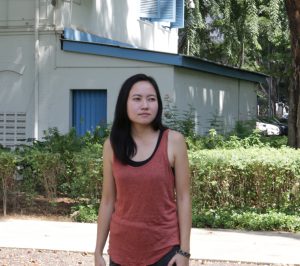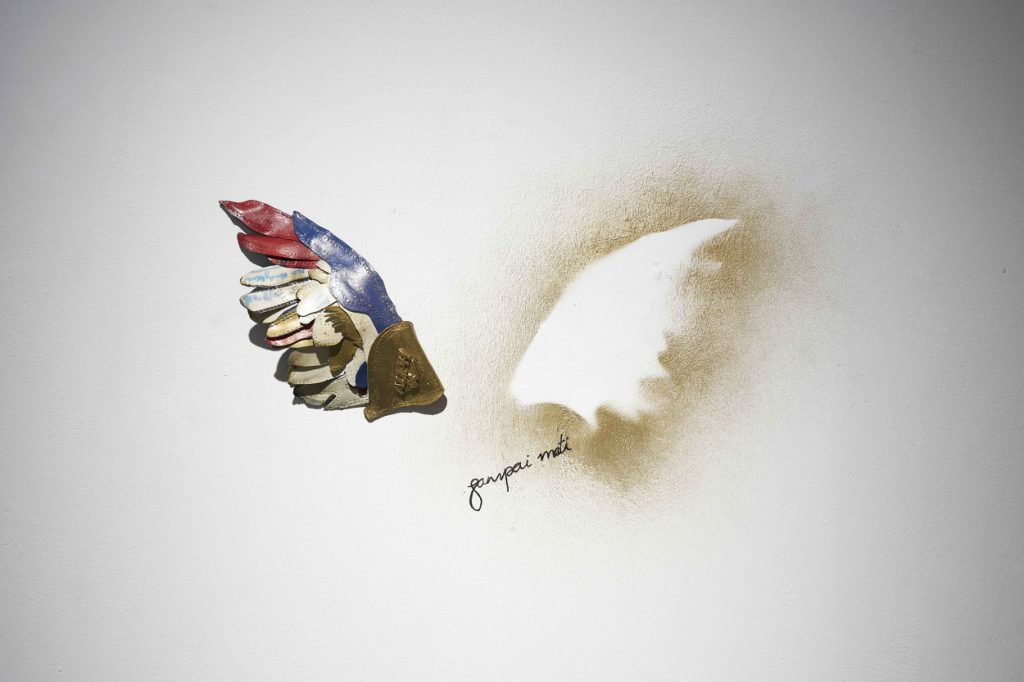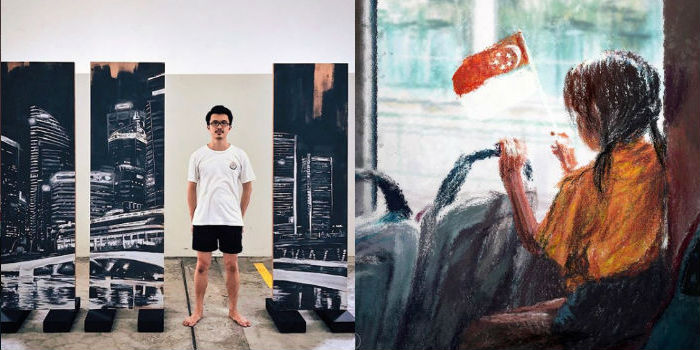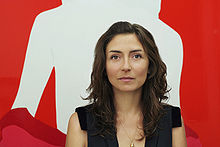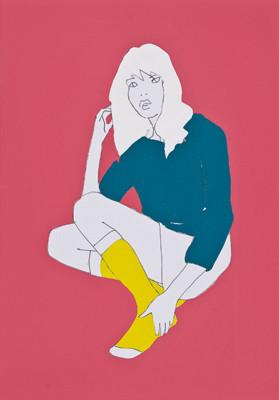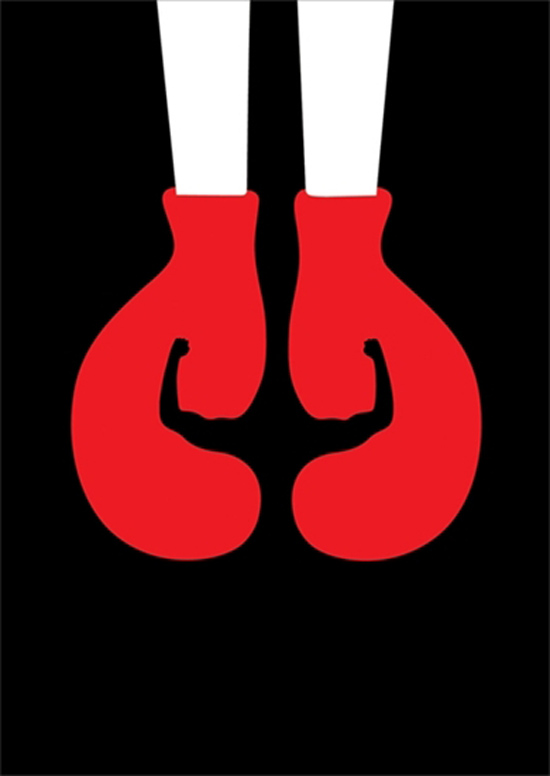Naoto Fukasawa designed aluminum stools to be displayed at 2005’s Milan Furniture Fair—however, instead of being displayed on plinths like other new products, the Japanese designer’s stools were “plonked” on the floor, where people were allowed to sit on them. Fukasawa was worried that no one would notice the stools. However, a British designer named Jasper Morrison praised them, and their mutual friend gave a term to describe the stool: “super normal”.
That was the beginning of Super Normal movement.
Both Fukasawa and Morrison defined the Super Normal design as something that is “used on a daily basis to the point that they become invisible” (Fukasawa, 2006), something which use is “instinctive or even subconscious… and we take them completely for granted” (Morrison, 2015). In addition, they also mentioned that Super Normal objects are valued by how you feel about them. Their value did not come from an extremely intricate or well-thought design, but rather from the memories and sense of familiarity that develop over time. Hence, it could be said that naturally, some objects will have more spirit than others, as it highly depends on how and how long people have been using them or interacting with them.
Although functionality is a significant factor, feeling and meaning are more important in Super Normal objects—but the feeling does not come from tiresome expressions. Morrison felt that the design world “has drifted away from normality” and that designers have forgotten the basics of design. They wanted people to realize that simple, basic designs are design too, and that the idea of something new is not always better than something good that has been continued over time.
The characteristics special to this movement are its simplicity, familiarity, and anonymity. Anonymity not only in the sense that the creator is unknown, but also the nuance that the creator was not trying to “design” or “express himself”—similar to yugen (a Japanese design philosophy, where the beauty is subtle) and mingei (another Japanese design, which roughly means “folk art”, where the creators are average people as opposed to known designers, hence making the creators anonymous). Mingei especially resembles Super Normal due to the fact that mingei objects are very simple and normal, as they are made by average people, yet they are still used for centuries—which is the same as the concept of Super Normal, that the value of the object comes from the experience and normality. Super Normal objects are also context-sensitive, as something that is familiar in a setting does not necessarily mean it is familiar in other settings.
The movements that are similar to and/or influence Super Normal movement are Minimalism (1960s – 1970s) and Neo-Conceptualism (1970s – 1980s).
It is especially easy to mistake Super Normal and Minimalism due to the similar concept of simplicity. However, Minimalism is a design movement where the concept is reducing everything to the simplest form, but still with the visual aesthetic in mind. The focus of Minimalism is creating something that is simple, yet still pleasing to the eye. On the contrary, Super Normal does not focus on becoming simple. The focus of Super Normal lies in the concept of familiarity, where an object is “super normal” because we have grown so accustomed to it, that we often do not realize that it is also an object that also possesses design values.
Meanwhile, between Super Normal and Neo-Conceptualism, the similarity lies in the idea that both of them focus on the concept or the meaning behind the creations. However, Super Normal objects still place functionality of high importance, because the value of those objects can be found through constant use and experience over time. Meanwhile, Neo-Conceptualism does not care about functions—it’s all about the concepts the designers want to convey, which are usually something unconventional and unique, as opposed to Super Normal objects which are usually something ordinary and less obvious.
We can see also that Super Normal bears similarity to Droog concept (1980s – now). Just like Super Normal, Droog pointed out the idea of over-production and consumption in the society by emphasizing the value of objects in the memory and associations attached to them—which also shows how powerful inanimate objects can be in evoking emotions and thoughts, transcending the time. Both movements boil down to Dadaism, which basically defies logic, reason, and aestheticism of the capitalistic society. It also shows that objects can have spirit that evokes feelings and gives meaning—which contrasts the Bauhaus movement (1920s – 1930s), where objects are more valued through their industrial-like practicality—almost scientific even.
An example of a Super Normal object, taken from the Super Normal exhibition by Fukasawa and Morrison: a uni-tray.

Uni-tray (Riki Watanabe & Sato Shoji, 1976)
At one glance, one can easily tell that it is a tray—its shape and simple design are familiar to you. It gives off the super normal radiance—something that you see in your house, or other people’s, every day. However, do you know what tray it is? Is it an accessories tray, or a pen tray, or a coin tray? It is strange that you feel familiar seeing the object while it is your first time seeing it, and you are even unable to accurately pinpoint its use. However, just like “love at first sight”, you can immediately tell that “it is the one” without actually having to experience interacting with it before. The familiarity does not come from sight, but from phenomena. Moreover, the idea that it is a “universal” tray (because you don’t know what specific type of tray it is) allows people to “misuse” it intentionally as the tray is familiar to different uses, depending on who is using it.
In hindsight, I would like to say that super normal is not necessarily a design movement—it’s more of a concept, an idea that Fukasawa and Morrison are trying to convey to public—that we often overlook things around us and take them for granted. In this globalized world, we start to forget where the actual value of things lies—is it in its price, its function, its creator, or simply in how it makes us feel?
You may not think much about it, but one day you might come back into your house and realize that your favorite mug is not there—and although it’s just a cheap Daiso mug, you would feel a sense of loss that you yourself could not explain why.
